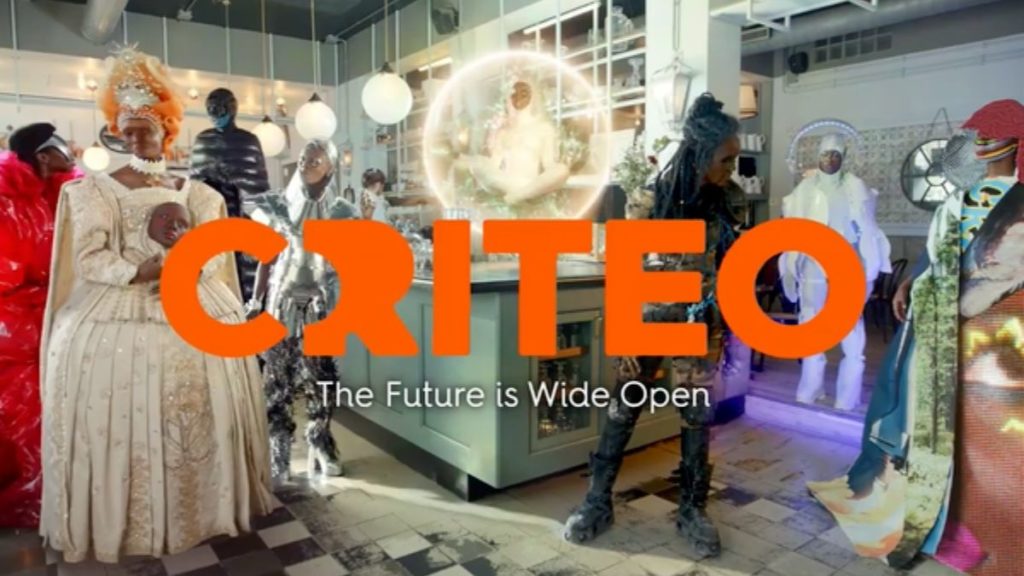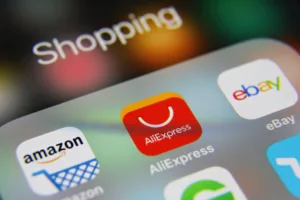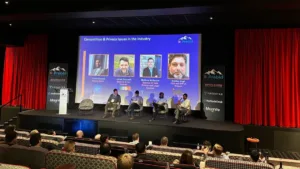By Luc Benyon, VP Marketing, Video Intelligence
With a vision of a creatively diverse madtech world, in a series of articles Luc will investigate the shape of branding in the digital media and marketing industry. Each article will dive into a different topic, and bring out examples of real campaigns and branding from across the tech sector.
While Dr. Dre, Snoop Dogg and Mary J. Blige were doing a spectacular job of advertising hip-hop, Super Bowl 2022 was also providing a platform for brand building some closer to home platforms.
Research has repeatedly, and emphatically proven that marketing is most effective when it focusses on brand building over long periods. Building distinctive asserts, and gaining share of voice is a more effective way to build a business than focussing on short-term tactics like lead generation. So why is there such a race to the bottom (of the funnel) with B2B brands. Why do we find it so hard to invest in the storytelling capabilities of our brands?
One theory goes that in B2B tech, we’re judged on metrics; perhaps more in this sector than anywhere else. Our products themselves are geared towards optimization, efficiency, and meeting KPIs. So there’s a certain logic in that being where the emphasis is placed when it comes to judging our own success.
Yet when we look at the tech sector at large, the biggest brands have built their success on two factors – brand building, and customer experience: Apple’s storytelling is world-class, Sony position themselves bombastically, Microsoft do everything impeccably and let us know it, Amazon uses innovation as a way to gain PR.
In adtech, we’re still chained to our landing pages and lead-qualification processes, and lack the confidence to invest in real, juicy, brave brand building.
This year though, Criteo have broken ranks.
By booking Super Bowl ad space the ‘Commerce Media Platform’ demonstrated a number of things. Firstly that they’re doing alright (that media buy doesn’t come cheap), but also that they’re interested in the big picture. They’ve staked their claim against a very high-level concept – the value of the Open Internet.
Criteo’s CME Brendan McCarthy told Adexchanger: “Ideally, we want people to see this ad and then be prompted to explore more across the digital ecosystem, check out Criteo along the way and be able to understand what the future looks like – or could look like – and the choices that they have.“
That sounds like a very light-touch approach to a sales funnel. I hope it works for them, for it’s at this level that the adtech industry has a lot to add to global public discourse. Topics like personal data have a tangible impact on people’s lives, and are how we can draw that thread of relevance from ad/mar-tech, to the general public.
Continuing the B2B theme, Super Bowl veterans Squarespace have outdone themselves this year. Their big game commercial is accompanied by a delightful series of faux-film posters, and a clever landing page. What’s really noteworthy is that the whole campaign took a creative approach to product marketing.
The tongue-twister idea centres on a (fantasy) customer story that explained products and their benefits, with a distinct aesthetic (okay, maybe Wes Anderson had some influence…). Directed by Edgar Wright (Baby Driver, Shaun of the Dead) and staring Zenadaya (Dune) and Andre 300 (errr, Outkast) this is some big name, big budget, big idea stuff. And it shows.
Sure, Squarespace might be pushing at the fringes of B2B, with a distinctly consumer friendly approach to website building. But that doesn’t mean any B2B technology brand could have taken this approach, as Expensify, Wix, and Salesforce have done before. This balance of product marketing through creative execution really hits a sweet spot.
It shows that perhaps the branding versus product marketing distinction can be overcome.
Of course there’s a time and place for all kinds of messages. The brand-building piece is particularly suited to broadcast media, and large catch-all activations. This is to ensure the broadest brand message resonates, but also to create a kind of ‘shared understanding’ that only comes through scale, fame, and reach. Without that shared moment of experiencing a brand – regardless of its direct relevance to us – we can’t build fame, and we can’t therefore be top-of-mind.
With their branding play, we can hope that Criteo are paving the way for a broader understanding of the value of advertising technology, and creating a platform for dialogue with a wider section of the public than before. The first move has been made, now it’s up to others to follow suit.









